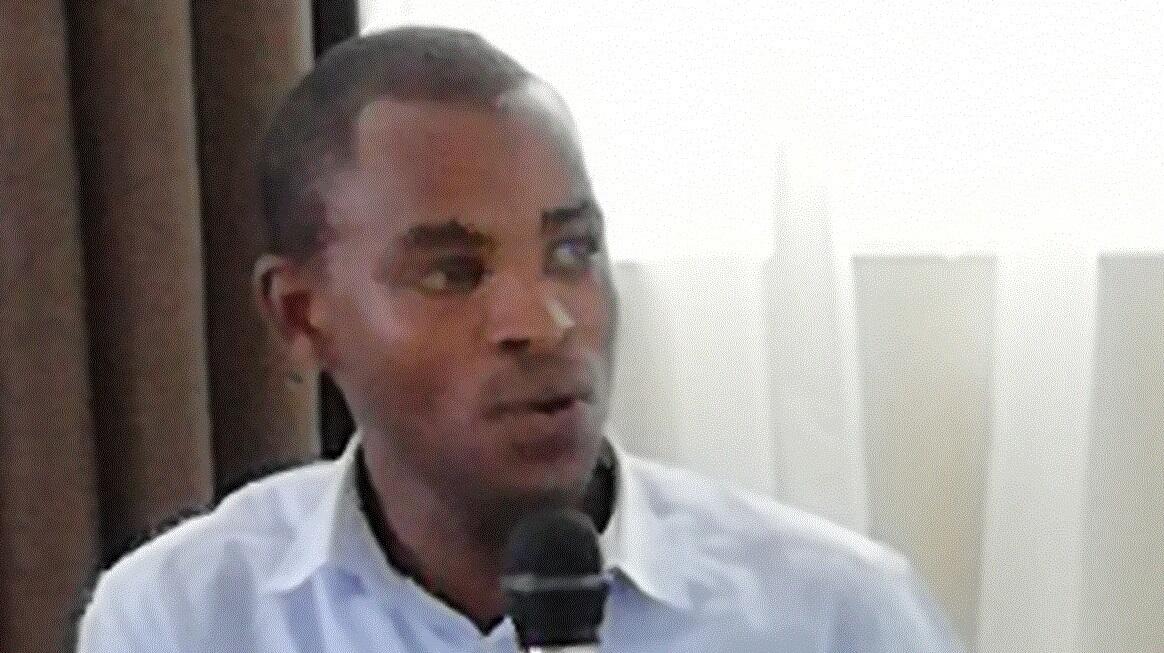
As part of the NIHR Stillbirth programme, we created a Community Engagement and Involvement group (CEI) including members of the public and patients (women with experience of stillbirth) who could help us shape the research from their point of view. They helped us to adopt the right approach in formulating questions to the study participants, and selecting the most appropriate questions to ask.
My personal experience with CEI started when I was given the opportunity to chair one of the research meetings. It was a very enriching experience to coordinate this small group to provide input to our research. This particular meeting was with women CEI group members. I had never chaired a meeting of women of different ages. I learnt to coordinate people with divergent views and synthesizing their opinions into concepts tailored according to the research study. They were all eager to contribute ideas to the study and did a great job.
At the initial stage, we did not expect men to be part of a CEI group. However, as I was carrying out the research, interviews with male partners made me realise the need to involve them in the CEI experience. Later they would offer insights on how to recruit other men into the study.
The eye-opener was the interview with the third study participant, a father who experienced stillbirth. He expressed his feelings beyond what I expected. In most Ugandan cultures, men are not supposed to grieve or express their emotions even amidst devastation. It was surprising how he expressed his grief. He recounted how he had prepared for his child, the only boy among four girls. He expressed his pain after having put a lot of effort to care for his wife and ensuring that she could give birth to a healthy baby since she was already in her 40s. By the end of the interview, he expressed his interest in helping other men who go through a similar experience. This interview made me realise the potential for involving men in a CEI group.
A further confirmation came from the interview with another participant. This father described his experience as devastating and torturing. His teary eyes expressed how he felt about this. He explained how he had taken care of his wife with utmost care and how he had spent a lot of money to ensure her well-being. He was also concerned by the mental-health condition of his partner, following the stillbirth experience. Similarly, he expressed his desire to help other parents in the same situation.
After interviewing these male participants, I understood that men could experience psychological distress and be equally devastated for the loss of their baby. They share the same sorrow as women and often are completely neglected by the care system. Our team agreed that the male partner’s point of view and their experiences need to be accounted for in future research and that a male CEI group should be considered.
I personally got in touch with the three men who agreed to start the group. Eventually one declined as he didn’t want to remember his experience. The new CEI group is now active and has contributed to the intervention study.
This experience has enabled me to interact with men of different ages. I have also discovered how difficult it is for men to express their emotions and devastation in these circumstances. They are in a vulnerable position and require an appropriate level of care.